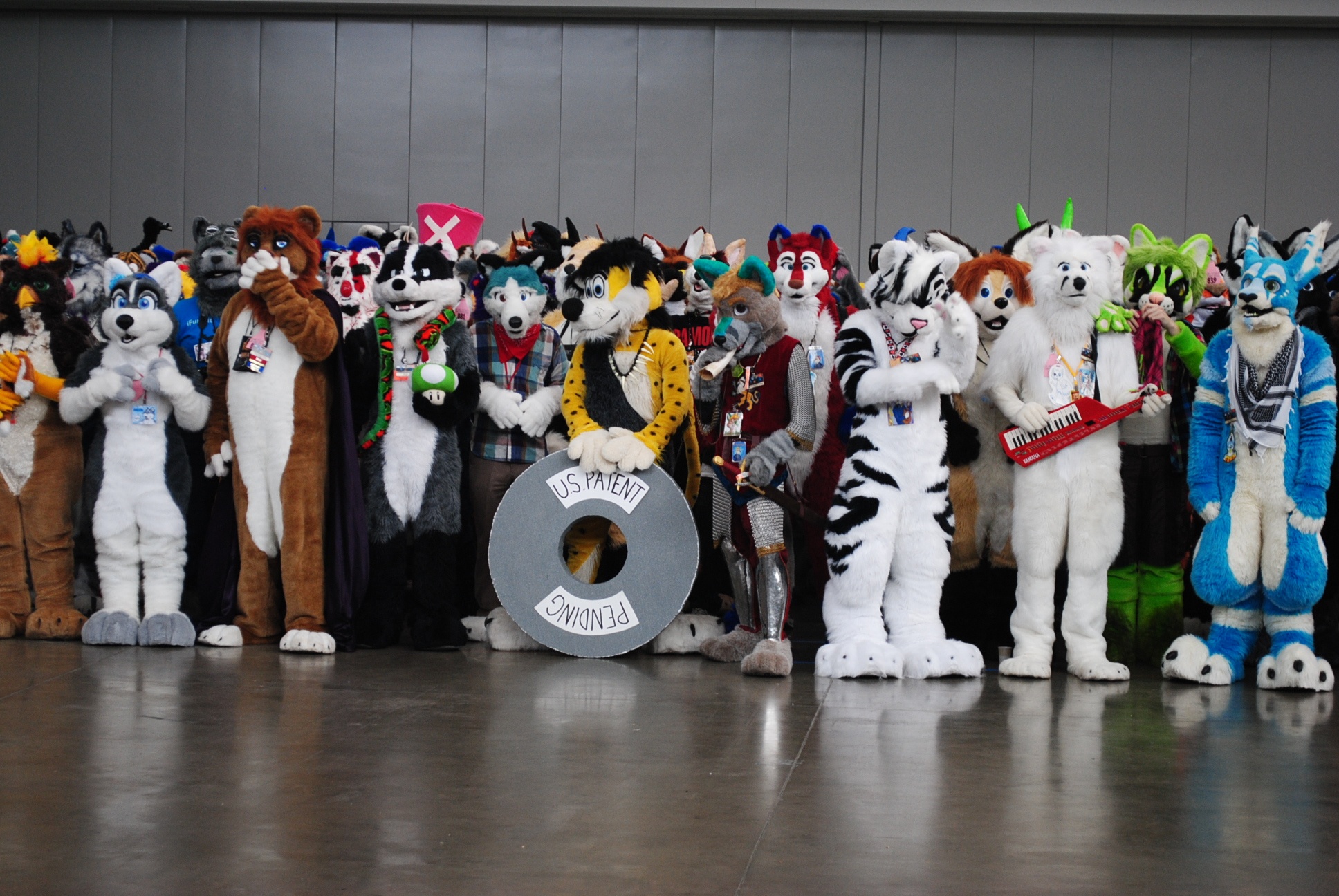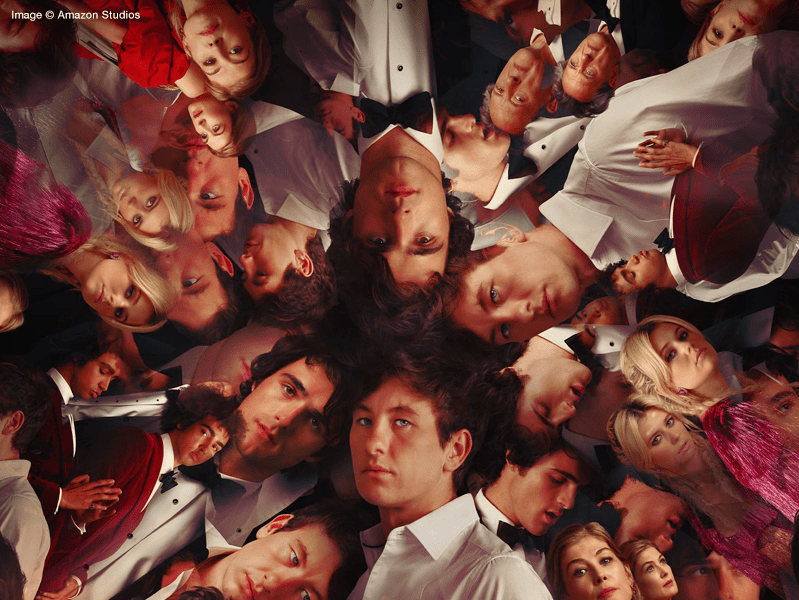Last Updated on 24th April 2023
Reading Time: 10.1 mins
24th April 2023
The internet is a constantly changing global forum that is filled with many different types of communities. These communities often allow people to express themselves in a way that frees them from what they consider to be societal ‘norms.’ In recent years, with the explosive popularity of YouTubers and TikTokers, some members of these communities have taken to popular platforms to widely showcase their subcultures. One of these subcultures is the Furry Fandom.
To be clear, this article is intended to provide safeguarding professionals, staff and parents with an awareness about Furries, reported concerns, and claimed misunderstandings surrounding the Furry fandom. Our online safety experts have provided further information on the risks and advice on what you can do to help make the children in your care safer. It is not promoting the activity, rather it is highlighting the risks and making suggestions about how to engage with those who may have an interest in.

©By Pikawil from Laval, Canada – Otakuthon 2014, via Wikipedia
Recent Claims and Hoaxes
There have been recent rumours, claims and hoaxes about students within multiple UK schools identifying as cats and engaging in disruptive behaviours, such as crawling on all fours and demanding litterboxes be placed in toilets. These stories have been picked up and reported on by various news broadcasters. Many use the term ‘Furries’ when referring to the students in question (though it is unclear whether this terminology has been used by any of these students to describe themselves).
As the topic of Furries is very niche and claimed to be misrepresented by popular media, it can be easy to identify the two together. However, it’s important to note that many of these stories have been debunked as hoaxes. It’s also worth mentioning that the Furry community itself is a complex one, made up of many different identities and definitions of what it means to be a ‘Furry’.
There are also multiple TikTok trends and social media posts that fuel and play into these rumours popping up across the world. It has been a popular topic on forums such as MumsNet, as well as traditional news media. While some posts claim to be true, it is difficult to ascertain their validity, especially as many of the locations mentioned play into the hoax stories.
Due to this complexity, our online safety experts were unable to substantiate any reports being made about this behaviour in schools or claims that mentioned students considering themselves to be Furries.
Common Questions
What are the Risks?
The Furry community claim to be founded on building confidence and respecting the creative choices and expressions of its members. However, as this group is spread across multiple online forums and platforms with little to no moderation, it carries risks for vulnerable children and young people that include;
Should I be Worried?
It’s normal for young people to express themselves through ‘dressing up.’ Some young people will develop a niche interest or hobby or be encouraged to do so by others. Events like Comic-Con and the popularity of superhero fandoms have made the idea of creating and donning intricate costumes more mainstream and accessible.
The danger comes when an interest turns into an unhealthy obsession, fixation, escape, or when the activity may potentially expose the young person to risk. If a young person feels unsatisfied or upset with their situation in life, it might be easier for them to disappear into an alternate reality or world they are able to control. This is especially true if they do not feel they have a supportive community around them. Fixation at this level may cause dissociation, anxiety, depression, and irritability.
Whilst many people involved in the community dispute this, the fact remains that beneath the suit or persona, is a real person, and we know that some people by virtue of their sexual motivation will invariably represent a risk. This is true in many environments, from those who hide behind anonymous online accounts to those who misrepresent themselves and engage in groups with an ulterior motive.
It can be difficult to teach children the importance of balance. We know that boundaries are key to healthy behaviours and relationships. When we add the fantasy/roleplay dynamic, which blurs the line between reality and make-believe, it can be harder to outline clear boundaries. This creates additional risk for children, young people, and vulnerable adults who engage in this type of interest, as they may not understand how serious a situation is until it is too late.

By Douglas Muth, via Wikipedia
Join our Online Safeguarding Hub Newsletter Network
Members of our network receive weekly updates on the trends, risks and threats to children and young people online.






